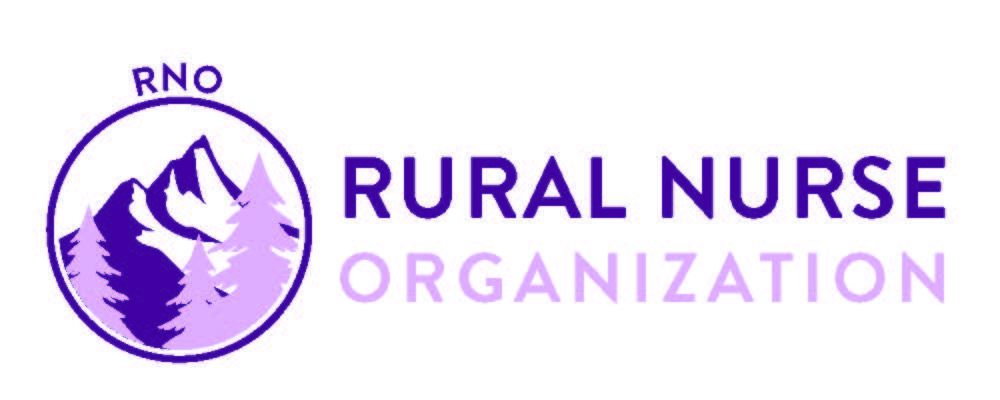Supporting the Stroke Caregiver in Rural Communities
Stroke recovery in rural communities presents unique challenges for both survivors andtheir caregivers. Rural areas often face higher stroke prevalence and limited access to specialized services, though the stroke rate can be up to 1.5 times higher than in urban areas (Christensen, Golden, & Gessell, 2019). Caregivers in these settings frequently step into demanding roles without adequate preparation, and ensuring a smooth transition from rehabilitation back to home is crucial. The needs of caregivers and stroke survivors are complex, and rural nurses and community health workers are uniquely positioned to assess and implement validated tools and programs to improve outcomes in stroke survivors and their caregivers.
Entering the caregiving role after a stroke is overwhelming. Nearly all caregivers report a high need for information about stroke, its complications, and how to provide care at home. There is evidence to suggest caregivers are infrequently taught how to bathe loved ones, give medications, perform rehabilitation exercises, or handle falls (Kitzman et al, 2017). Rates of caregiver clinical depression, anxiety, and burnout are as high as 30 – 50%, and are often higher than psychological distress reported by stroke survivors (Hu et al, 2018).
In rural settings, caregivers may be especially isolated due to distance and scarce support services. Without these outlets or interventions to address their emotional struggles, the psychological toll can be devastating. While this is an often noted and well documented phenomenon in stroke caregiving, practical advice on handling and addressing the emotional impact of stroke is rarely offered, leaving this a crucial unmet need during care transitions (Kitzman, 2017).
Early Supported Discharge (ESD) is a care model that may help and bridge the gap of unmet needs of caregivers of stroke survivors. This model utilizes a mobile interdisciplinary rehabilitation team that provides intensive rehabilitation in the patient’s home for the first few weeks after discharge. Studies have found that ESD services, which range from a full mobile rehabilitation team to counseling, can shorten hospital stays, reduce long-term disability, and lover healthcare costs for eligible patients (Markle-Reid et al, 2023). Essentially, ESD shifts some of the rehabilitation that would normally happen in a facility to a patient’s home environment, without sacrificing intensity or quality of training. This is essential for those in rural areas where inpatient rehabilitation beds are far away or limited.
Unfortunately, barriers to care that ESD attempts to address become barriers to implementation of the model. These include geographic barriers, workforce shortages, and infrastructure limitations. And, though there is evidence to support the implementation of ESD (Carney et al, 2023), other evidence failed to strongly recommend its use, reporting inadequate information about specific components/protocols of interventions and methodological weaknesses in study designs (Jee et al, 2022).
Despite the mixed evidence base and implementation challenges, Early Supported Discharge remains a promising model for this in rural areas where traditional post-stroke care is often fragmented or inaccessible. To advance stroke recovery and reduce caregiver burden, rural nurses and organizations should advocate for and lead the adaptation of ESD principles within their local context. This does not require a fully resourced team. Instead, rural nurses can start by identifying high-risk caregivers, conducting needs assessments, coordinating telehealth-based follow-ups, and facilitating interdisciplinary communication across discharge. Nurses can also partner with community health workers and local organizations to deliver targeted education, emotional support, and resource navigation to caregivers in their communities. While full-scale ESD may not yet be feasible in all areas, rural nurses can operationalize its core values of early intervention, coordinated care, and home-based support, to ensure stroke survivors and caregivers are not left behind after discharge. Investing in nurse-led, community-integrated solutions that reflect the ESD model is a practical and scalable step toward more equitable stroke care in rural America.
References
Carney, M., O'Connor, S., O'Reilly, J., Shaw, D. N., Hanley, J., & Hickey, P. (2023). 31 Stroke early supported discharge: continuing to improve patient and organisational outcomes. Age and Ageing, 52(Supplement_3), afad156-063.https://doi.org/10.1093/ageing/afad156.063
Christensen, E. R., Golden, S. L., & Gesell, S. B. (2019). Perceived benefits of peer support groups for stroke survivors and caregivers in rural North Carolina. North Carolina Medical Journal, 80(3), 143. https://doi.org/10.18043/ncm.80.3.143
Hu, P., Yang, Q., Kong, L., Hu, L., & Zeng, L. (2018). Relationship between the anxiety/depression and care burden of the major caregiver of stroke patients. Medicine, 97(40), e12638. https://doi.org/10.1097/MD.0000000000012638
Jee, S., Jeong, M., Paik, N. J., Kim, W. S., Shin, Y. I., Ko, S. H., ... & Sohn, M. K. (2022). Early supported discharge and transitional care management after stroke: A systematic review and meta-analysis. Frontiers in Neurology, 13, 755316. https://doi.org/10.3389/fneur.2022.755316
Kitzman, P., Hudson, K., Sylvia, V., Feltner, F., & Lovins, J. (2017). Care coordination for community transitions for individuals post-stroke returning to low-resource rural communities. Journal of Community Health, 42, 565-572. https://doi.org/10.1007/s10900-016-0289-0
Markle-Reid, M., Fisher, K., Walker, K. M., Beauchamp, M., Cameron, J. I., Dayler, D., ... & Whitmore, C. (2023). The stroke transitional care intervention for older adults with stroke and multimorbidity: A multisite pragmatic randomized controlled trial. BMC Geriatrics,23(1), 687. https://doi.org/10.1186/s12877-023-04403-1
